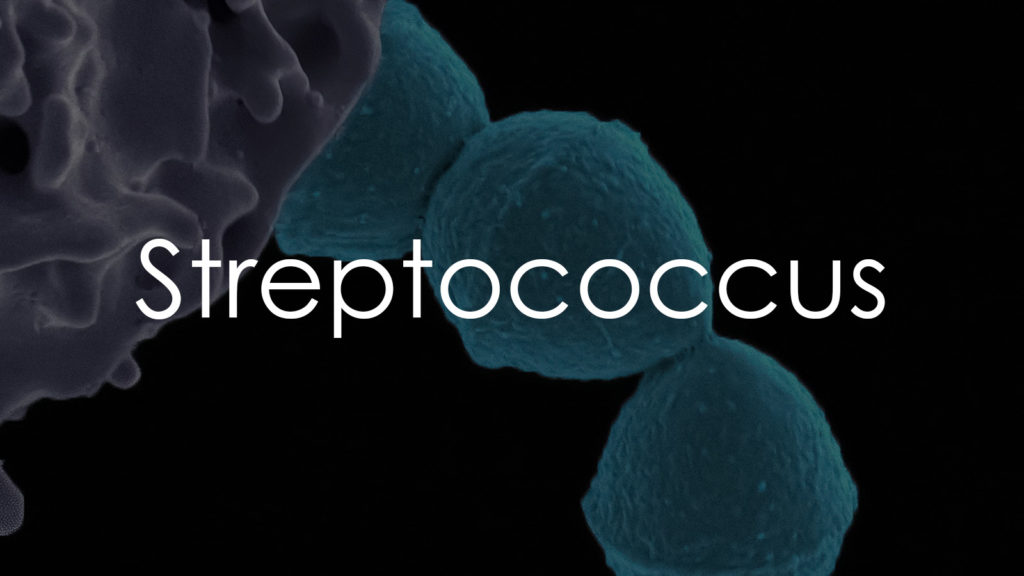Streptococcus diseases include a variety of infections caused by bacteria from this genus, notable for their versatility and impact on health. These pathogens cause conditions ranging from mild throat infections to severe diseases like pneumonia and meningitis. Species like S. pyogenes (Group A) and S. pneumoniae are primarily responsible for these conditions. Their high transmissibility through respiratory droplets and direct contact poses significant health risks, particularly in crowded settings and vulnerable populations. This article explores the nature of these infections, covering their causes, symptoms, diagnostic methods, treatment options, and prevention strategies. Understanding the dynamics of these infections is essential for effective management and public health measures.

Causes
Streptococcus disease is caused by bacteria belonging to the genus Streptococcus, which includes several species responsible for various infections.
- Bacterial Species:
- The Streptococcus genus includes many species, such as Streptococcus pyogenes (Group A Streptococcus) and Streptococcus pneumoniae, each causing different types of infections.
- Streptococcus pyogenes is known for causing strep throat, skin infections, and rheumatic fever.
- Streptococcus pneumoniae is commonly associated with pneumonia, meningitis, and blood infections.
- Transmission:
- Typically, respiratory droplets from coughing and sneezing or direct contact with an infected person or surface transmit these bacteria.
- Direct contact with wounds or sores can spread some Streptococcus infections, such as certain skin infections.
- Risk Factors:
- Close contact in crowded environments, like schools or military barracks, increases the risk of transmission.
- People with weakened immune systems, young children, and older adults are more susceptible to serious Streptococcus infections.
Symptoms
- Streptococcus pyogenes:
- Strep Throat: Sore throat, fever, red and swollen tonsils, sometimes with white patches, and swollen lymph nodes.
- Skin Infections: Red, swollen, and painful areas on the skin, sometimes with a discharge of pus.
- Rheumatic Fever: Fever, painful and swollen joints, skin rash, and involuntary muscle movements.
- Streptococcus pneumoniae:
- Pneumonia: Cough, fever, chest pain, and difficulty breathing.
- Meningitis: Stiff neck, fever, headache, and sensitivity to light.
- Blood Infections (Bacteremia): High fever, chills, and fatigue.
Symptoms of Streptococcus infections can range from mild to life-threatening. Early recognition and treatment are crucial to prevent complications like rheumatic heart disease or severe pneumonia.
Diagnostics
Diagnosing Streptococcus infections involves a combination of clinical assessment and laboratory tests.
- Clinical Assessment:
- Physicians initially evaluate symptoms and physical signs, such as throat redness or skin sores, depending on the infection type.
- Laboratory Tests:
- Throat swabs for strep throat, followed by rapid antigen detection tests or cultures to identify Streptococcus pyogenes.
- Blood tests, including cultures, to identify the presence of bacteria in cases of suspected bacteremia or meningitis.
- Sputum tests or cultures in cases of pneumonia to identify Streptococcus pneumoniae.
Treatment
Treatment varies based on the type and severity of the infection.
- Antibiotics:
- Antibiotics, such as penicillin or amoxicillin, are commonly used to treat Streptococcus infections effectively.
- For individuals allergic to penicillin, alternative antibiotics like erythromycin can be used.
- Supportive Care:
- Includes pain relievers, fever reducers, and adequate hydration.
- Hospitalization may be necessary for severe cases like meningitis or severe pneumonia, where intravenous antibiotics and supportive care are required.
Prevention
Preventive measures can significantly reduce the risk of infections.
- Hygiene Practices:
- Regular hand washing, especially after coughing or sneezing and before eating.
- Avoiding close contact with infected individuals.
- Vaccination:
- Pneumococcal vaccines are available and effective in preventing Streptococcus pneumoniae infections, especially in children and the elderly.
- Healthy Lifestyle:
- Maintaining a healthy immune system through a balanced diet and regular exercise can help in preventing infections.
- Environmental Measures:
- In settings like schools or healthcare facilities, regular cleaning and disinfection of surfaces can help in reducing the spread of bacteria.
Adhering to these diagnostic, treatment, and preventive strategies can significantly help in managing and reducing the impact of Streptococcus diseases.
Conclusion
In conclusion, infections from this genus present a considerable global health burden, with a spectrum from benign to critical conditions. Managing them effectively relies on prompt, accurate diagnosis, suitable antibiotic treatment, and attentive care for serious cases. Preventive measures, particularly vaccination against pneumococcal diseases, hygiene practices, and public health education, play a crucial role in controlling their spread. Ongoing research and surveillance are vital for developing improved treatments and understanding the patterns of antibiotic resistance. Ultimately, a collaborative approach combining medical intervention, preventive healthcare, and public awareness is key to reducing the impact of these diseases on global health.